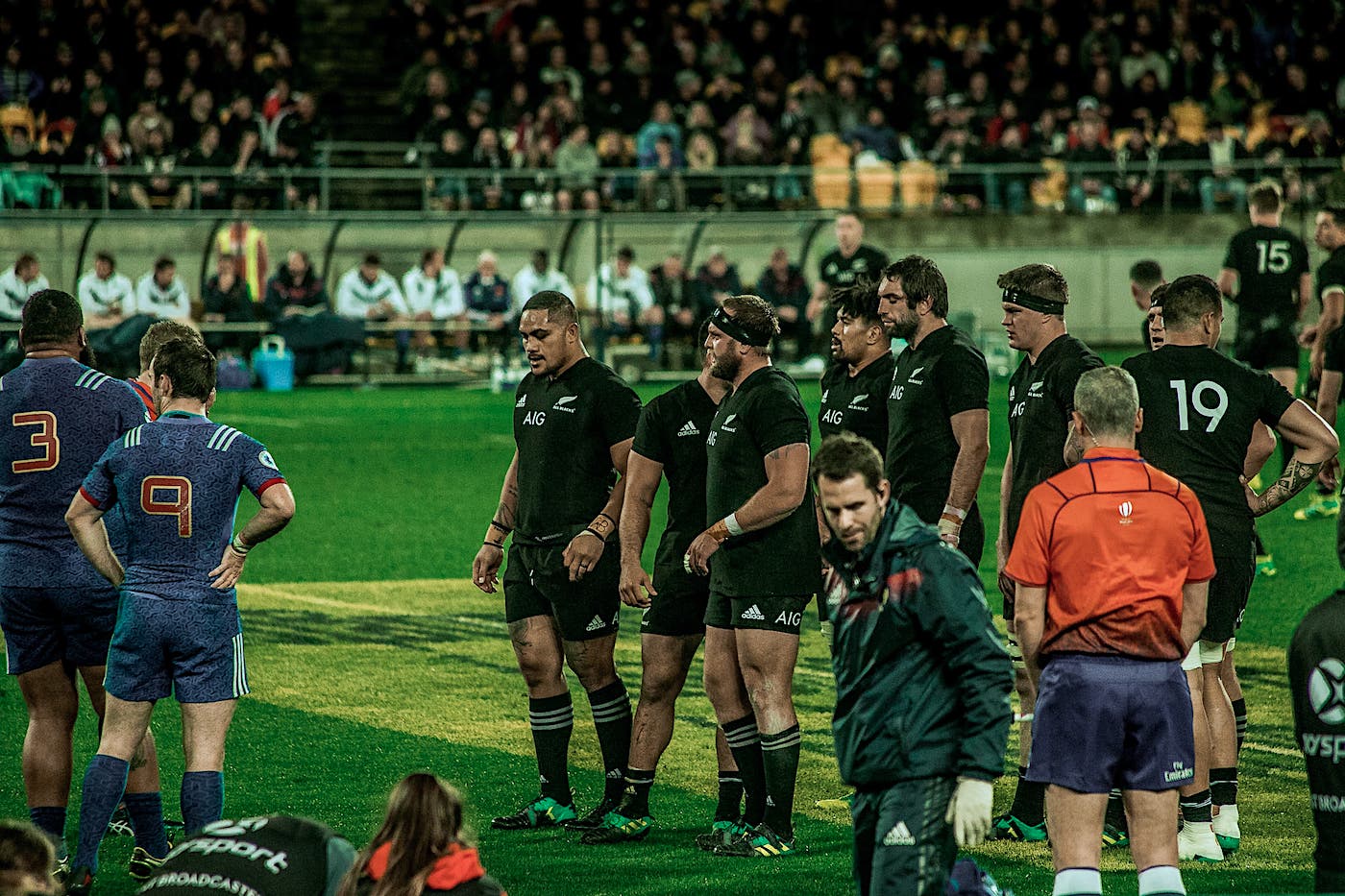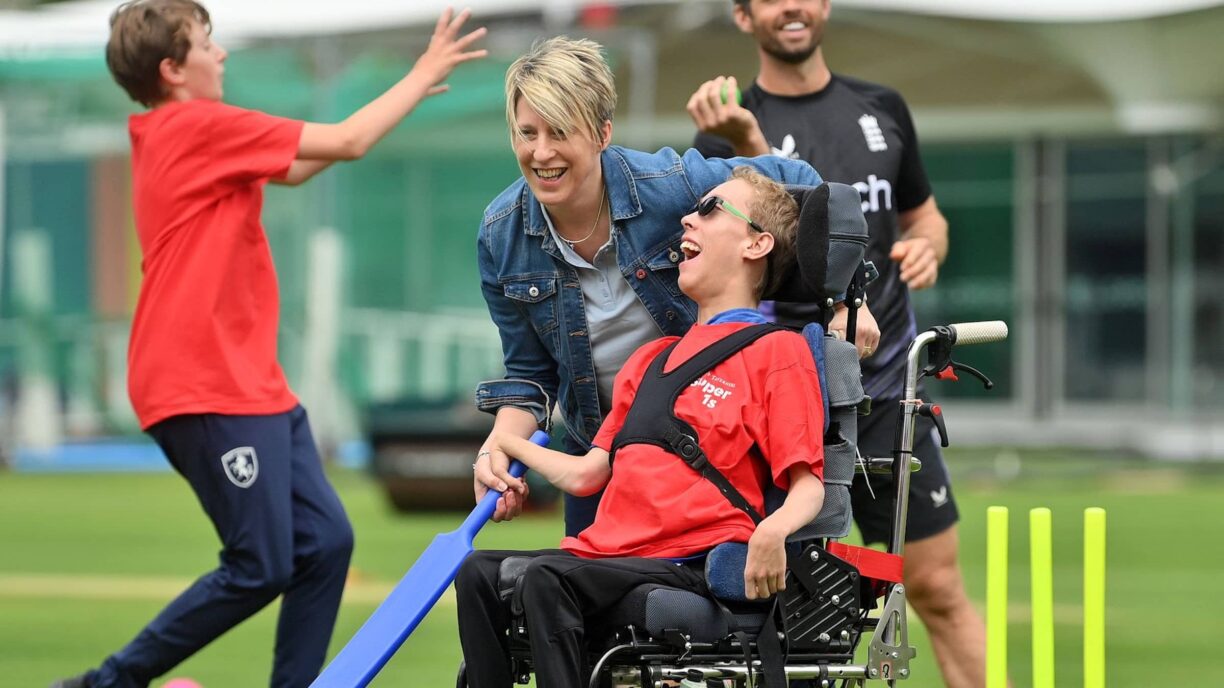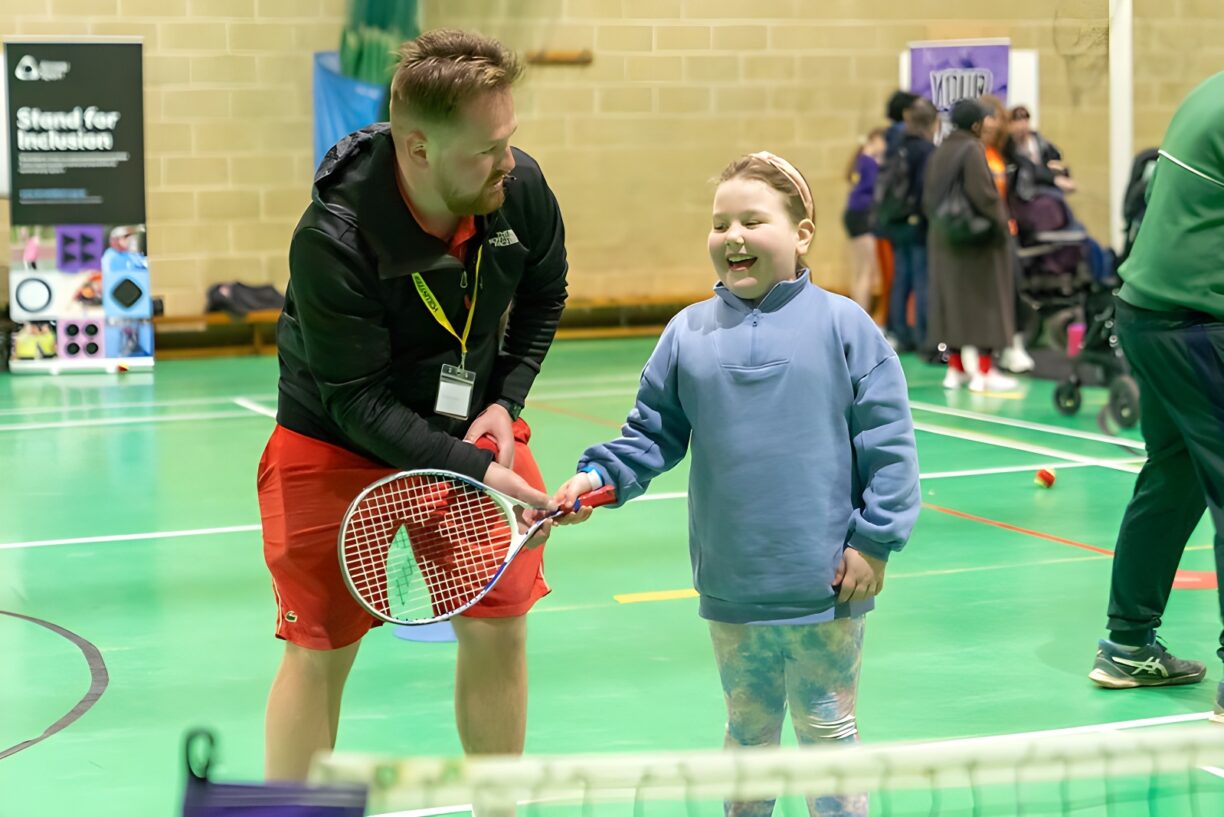World Rugby has furthered its commitment to reduce concussions in the sport with the launch of a technique coaching intervention for players who receive a red card for head contact.
Designed to work in conjunction with the recently launched Head Contact Process (HCP) which has advanced rugby’s tough stance on head contact, the coaching intervention is aimed at amplifying awareness of the importance of technique and encouraging players and coaches to practice tackle technique that carries a statistically lower injury risk, reducing the number of red cards over time.
Operational for the July tests and initially running as a one-year pilot programme in elite competitions that operate the Head Injury Assessment (HIA) protocol, any player who has a citing or red card upheld by a disciplinary panel for contact with the head may apply for mitigation of their sanction for a coaching intervention which will analyse tackle/contact technique and identify and implement positive modifications to reduce the risk of injury.
This intervention will be overseen by an independent expert coaching review group and will only be available on a one-off basis to players.
A player participating in the coaching intervention will work with their coach to identify how technique contributed to the foul play.
The coach and player will then provide video evidence of the interventions and modifications that they undertook.
The coaching intervention will be assessed by an independent review group of expert coaches, who will work with the coach where necessary to ensure that the highlighted areas of technique have been addressed. The completion of a successful coaching intervention will reduce the player’s sanction by a week/match.
World Rugby Chief Executive Alan Gilpin said: “As a sport, our mission is to reduce the frequency of head impacts in both game and training environments and we are approaching this through education, law amendments and tough sanctions.
“We have made good progress and the increased frequency of red cards since the scope of the Head Contact Process (HCP) was widened has been a positive deterrent and awareness tool.
However, we must also focus on assisting the game with the promotion of best practice, and the ability to reduce a sanction by one week/match with a positive intervention to work on technique, is an incentive which we hope will lead to fewer repeat offences, fewer incidents, and a greater understanding of lower-risk behaviours.
“It will also challenge expert coaches to think about tackle technique and safety, and lessons learned from these cases can be applied to every player, creating a benefit for all players in the game.
“It is important to state that we are not saying that head contact is exclusively a player technique issue, as we will continue to work tirelessly to reduce the risk via law amendments and education, but good technique certainly contributes to reduced head injury risk, and we are encouraged that the players and coaches share this view. We look forward to seeing how this pilot study evolves.”
The process was designed by members of the Head Contact Process group, including coaches, players, referees and judicial personnel. It has been viewed as a positive step by players, who hope it will incentivise and assist players with the execution of safer tackle and contact behaviours.
The process reflects the sport’s multi-faceted approach to reducing head contact in the game. World Rugby is also currently considering which of the current package of welfare-driven law trials, along with additional breakdown focus areas, will be suitable and successful in a global trial environment, operating from 1 August.
The coaching review group comprises Pablo Bouza (former player and coach), Richie Gray (contact and skills coach), Mitch Chapman (former player and national match officials coach), Giselle Mather (former player and coach) and Vincent Clerc (former player).





